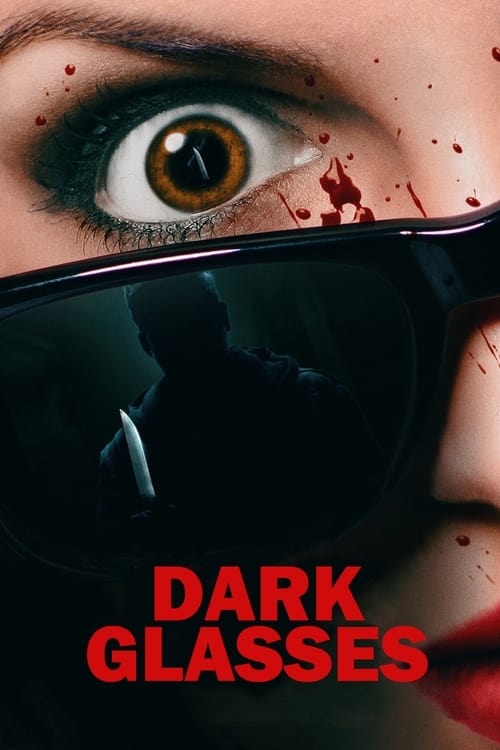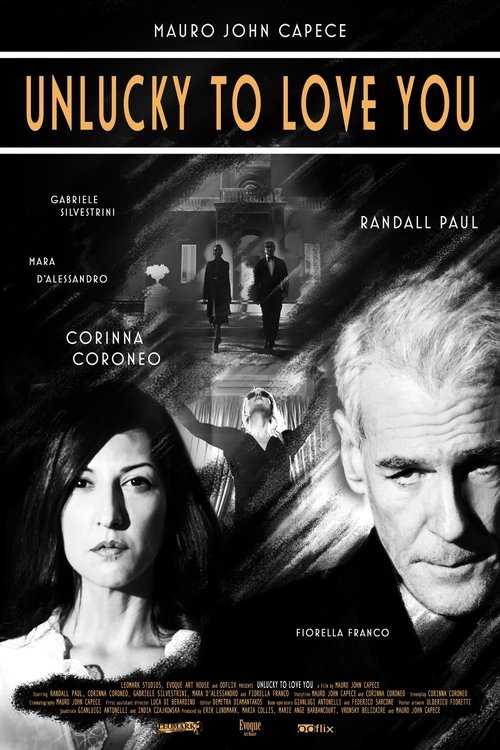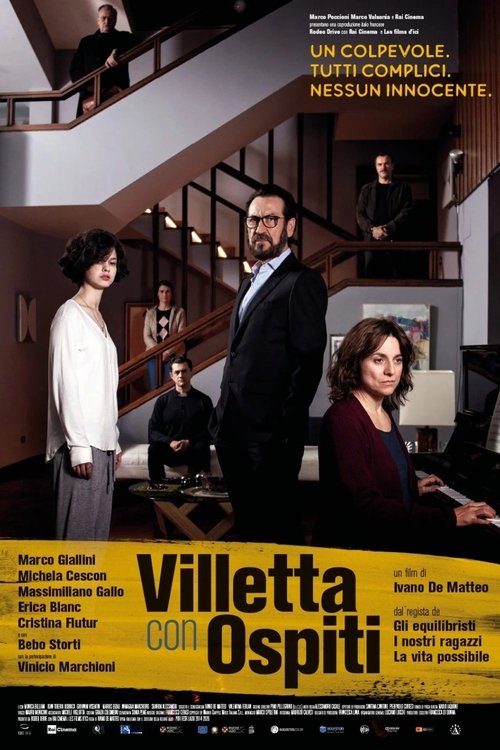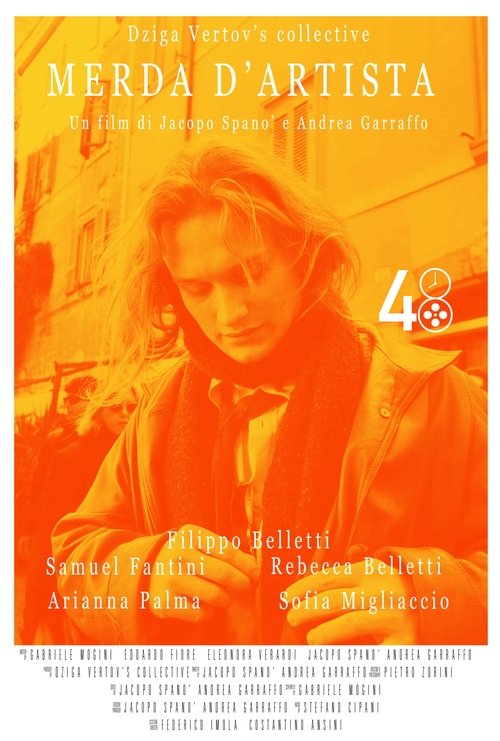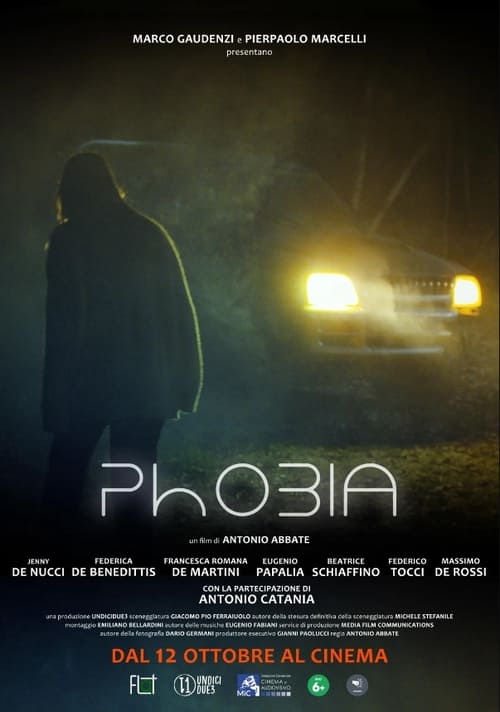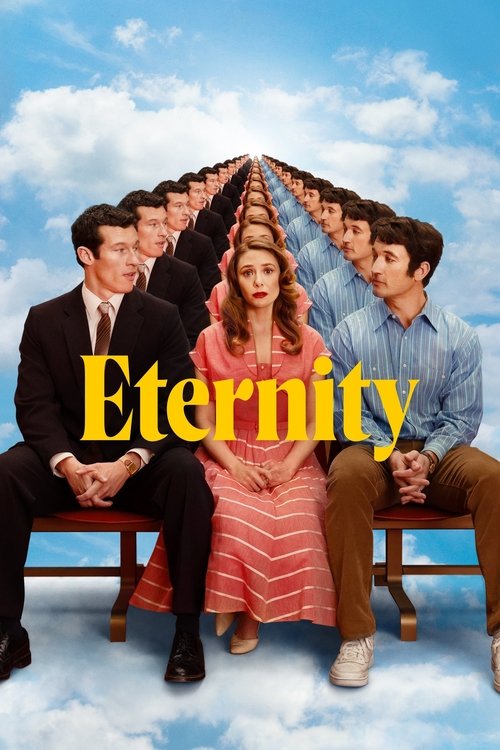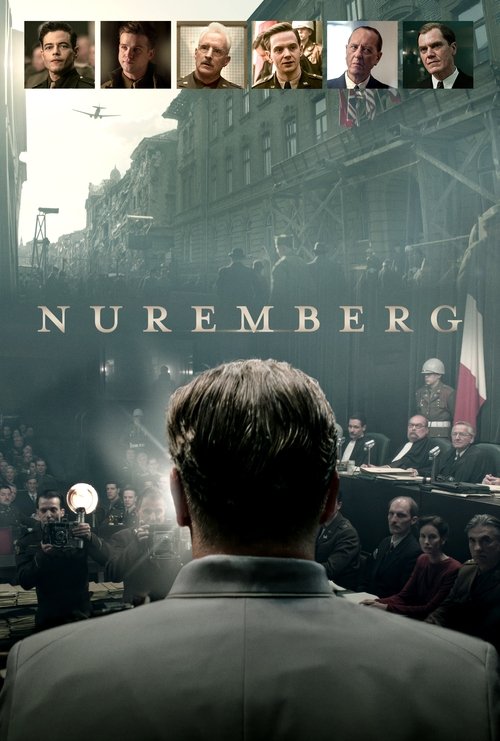
Ask Your Own Question
What is the plot?
What is the ending?
In the ending of "Dark Glasses," the protagonist, Diana, confronts her past and the trauma that has haunted her since the attack. She faces the killer, leading to a tense showdown. Ultimately, she manages to escape, but not without significant emotional scars. The film concludes with Diana finding a sense of closure, albeit a painful one, as she learns to navigate her new reality.
As the climax of "Dark Glasses" unfolds, the scene shifts to a dimly lit warehouse where Diana, now fully aware of the danger she faces, prepares for a confrontation with the man who has been stalking her. The atmosphere is thick with tension, the air heavy with the weight of her fear and determination. Diana, having lost her sight in the attack, relies on her other senses, her heightened awareness guiding her through the shadows.
In this pivotal moment, she recalls the trauma of her past, the memories flooding back as she navigates the space. The sound of her footsteps echoes, a reminder of her vulnerability. Yet, there is a fierce resolve within her; she is no longer the victim but a woman ready to reclaim her life. As she moves deeper into the warehouse, the flickering lights cast eerie shadows, amplifying her sense of isolation.
Suddenly, the killer appears, a figure cloaked in darkness, embodying the terror that has haunted her. The confrontation is intense, filled with a mix of fear and anger. Diana's heart races as she faces him, her emotions a whirlwind of rage and desperation. She fights back, using her surroundings to her advantage, showcasing her resilience and strength. The struggle is physical and emotional, a battle not just for her life but for her autonomy.
As the fight reaches its climax, Diana manages to outsmart the killer, using her instincts and the environment to turn the tables. In a moment of sheer will, she escapes his grasp, her breath coming in ragged gasps as she runs towards the exit. The warehouse, once a place of fear, becomes a symbol of her fight for survival.
In the aftermath, Diana emerges into the light, the sun shining brightly, a stark contrast to the darkness she has just escaped. She stands outside, her body trembling from the adrenaline, but there is a newfound strength in her stance. The emotional scars of her experience linger, but she has faced her fears and survived.
The film concludes with Diana reflecting on her journey. She is not the same woman who entered the warehouse; she has been irrevocably changed by her experiences. The final scenes show her beginning to navigate her new reality, learning to live with her trauma while also finding moments of hope and resilience. The camera lingers on her face, capturing the complexity of her emotions--fear, pain, but also a glimmer of determination.
As for the fate of the main characters, Diana emerges as a survivor, albeit marked by her experiences. The killer's fate is left ambiguous, suggesting that while she has escaped, the threat may still linger in the shadows. The film closes on a note of cautious optimism, highlighting the ongoing struggle of overcoming trauma and the strength it takes to reclaim one's life.
Is there a post-credit scene?
In the movie "Dark Glasses," there is no post-credit scene. The film concludes its narrative without any additional scenes after the credits roll, leaving the audience with the resolution of the main storyline. The focus remains on the emotional and psychological journey of the characters throughout the film, particularly the protagonist's struggle and growth.
What significant events lead to the climax of the film?
The climax is reached when Diana, with Chin's help, confronts the antagonist in a tense showdown. Key events leading up to this include her attempts to escape his grasp, her growing bond with Chin, and her realization of her own strength and resourcefulness despite her blindness.
What happens to the main character, Diana, after the accident?
After the accident, Diana, a sex worker, is left blind and must navigate her new reality. She struggles with her loss of independence and the trauma of the event, which forces her to rely on others for help.
How does Diana's relationship with the young boy, Chin, develop throughout the film?
Diana's relationship with Chin evolves from initial distrust to a deep bond. As they face danger together, Diana becomes a protective figure for Chin, and he helps her adapt to her blindness, showcasing their emotional growth and reliance on each other.
What role does the antagonist play in Diana's life after the accident?
The antagonist, a serial killer, becomes a looming threat in Diana's life. His pursuit of her adds tension and urgency to the narrative, as she must confront her fears and fight for survival while being vulnerable due to her blindness.
How does the film depict Diana's struggle with her blindness?
Diana's struggle with blindness is portrayed through her emotional turmoil and physical challenges. The film visually represents her disorientation and fear, as she learns to navigate the world without sight, highlighting her resilience and determination to reclaim her life.
Is this family friendly?
"Dark Glasses," directed by Dario Argento, is not considered family-friendly. The film contains several potentially objectionable or upsetting elements that may be distressing for children or sensitive viewers.
-
Violence and Gore: The film features graphic scenes of violence, including murder and bloodshed, which may be disturbing to younger audiences.
-
Themes of Trauma: The protagonist experiences significant trauma, which is depicted in a way that may be unsettling for viewers, particularly those sensitive to themes of loss and fear.
-
Psychological Tension: The film builds a sense of dread and anxiety, with intense moments that could be frightening for children.
-
Mature Themes: There are underlying themes of revenge and survival that may not be suitable for younger viewers, as they explore darker aspects of human nature.
-
Disturbing Imagery: The visual style includes unsettling imagery that may provoke discomfort or fear.
Overall, the film's content is more appropriate for mature audiences due to its intense and graphic nature.

